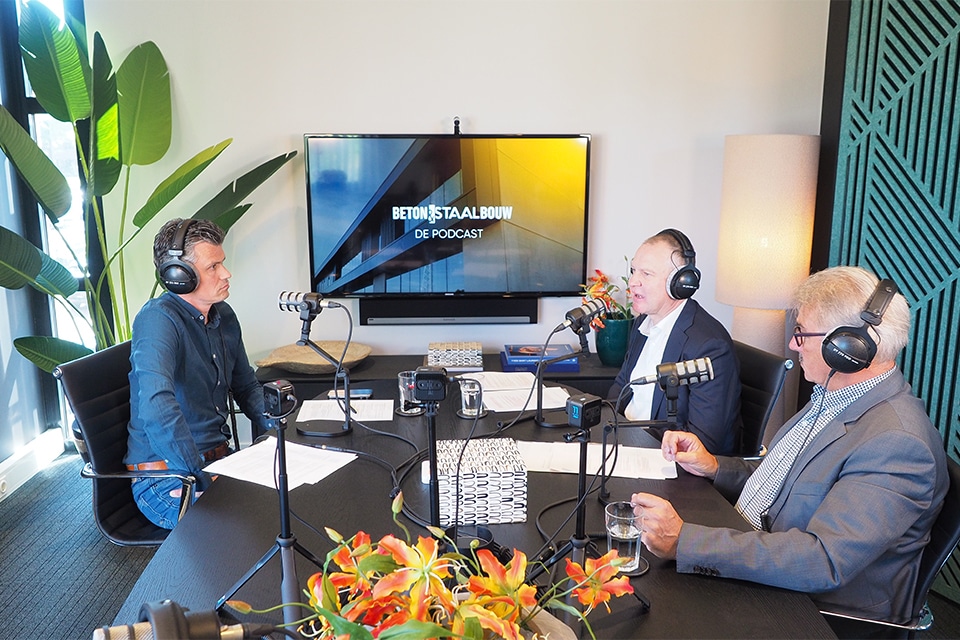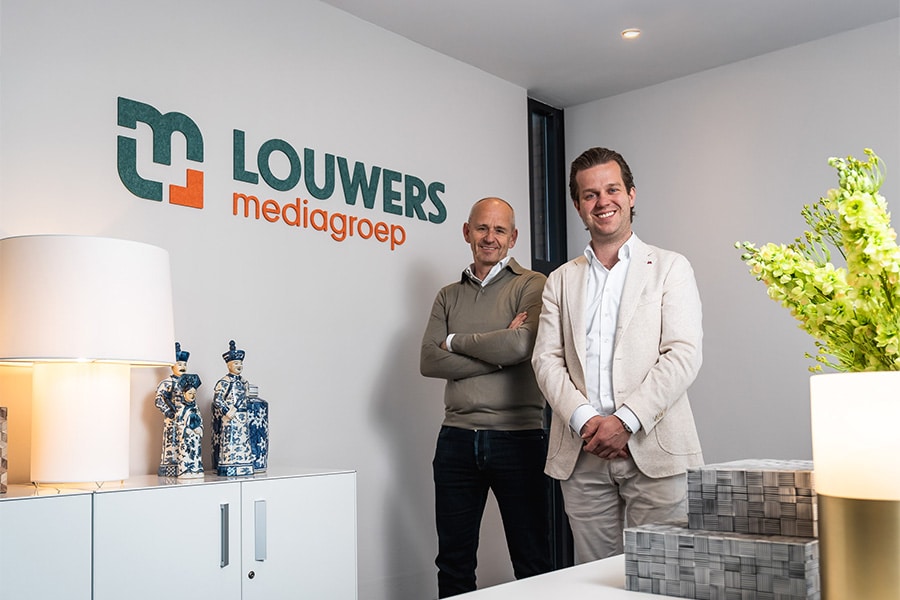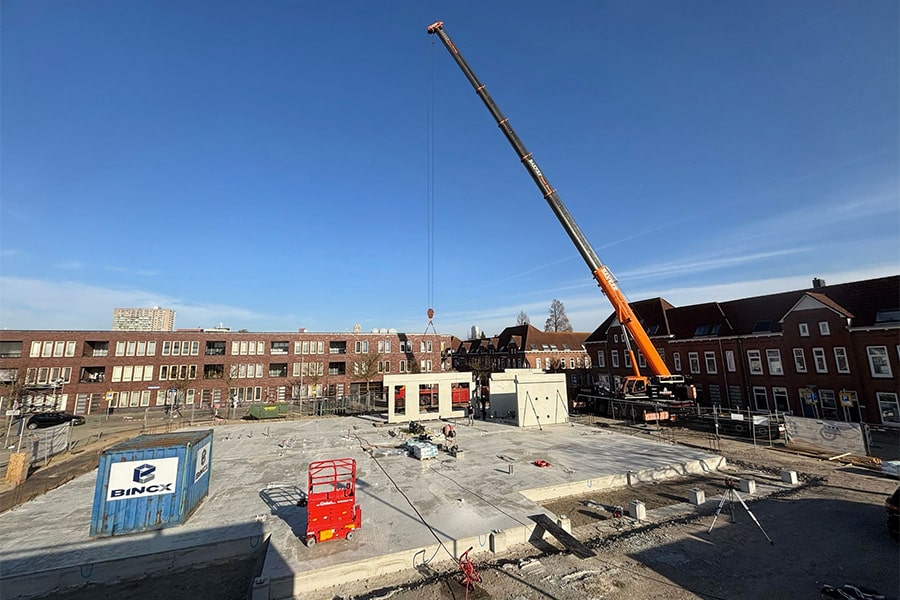
New approach to infrastructure issues has the future
The company does not do this primarily for its own benefit. The main reason for taking an alternative approach to infrastructure issues lies in the obligation to make the world of today and tomorrow a little more environmentally friendly. "We have to make the best use of our expertise, people and resources in terms of sustainability and circularity," says post-tensioning Benelux manager Robert Jansen.

With specialized knowledge and innovative techniques, DYWIDAG ensures progress in the construction industry. Through prestressing and geotechnical techniques, but also with formwork anchors and vault support in tunnels and mines. Disciplines that primarily serve the civil concrete construction, utility construction, mining, tunneling and foundation sectors. Including expert advice, tiptop installation and perfect aftercare.

Alternatives
With its focus on sustainable and circular construction, DYWIDAG is increasingly asserting itself in the construction industry. As a pioneer, initiator and implementer. "Against the backdrop of more sustainable construction, we are constantly looking for alternative applications for our products," says Jansen. 'In the civil corner, this mainly involves prestressing. A specialty that we like to combine with another branch of sport: 3D printing. In recent years we have already contributed to several projects in that area, including the world's first 3D printed bicycle bridge. Both in terms of development and implementation. All with the intention of doing things differently. What matters is to use a smart combination of techniques and disciplines to reduce the burden on the environment. Through reduced CO2 emissions and a decreasing use of raw materials or, on the contrary, through their reuse. In that context, for example, we recently realized a bridge in Kampen that can be completely dismantled and remounted. A textbook example of flexible and circular construction."

Learning process
For the further development and implementation of sustainability-inspired initiatives such as 3D printing and de/removable construction, the
DYWIDAG on construction everything available. "We have the service, knowledge and products in-house," Jansen said. "We are also constantly investing in this. On the one hand because of our obligation to take care of our earth, on the other hand because there is a future in it. At the same time, we realize that we are still learning in these areas. But you have to have the guts to tread unknown paths. Only then can you really achieve something. And if you fail once, you must have the strength to get back up again. When it comes to sustainable construction, there is still an awful lot to discover and gain."
Floating office
In Rotterdam's Rijnhaven, DYWIDAG is contributing to the world's first floating office. Within the building constructed entirely of wood, in addition to the headquarters of GCA (Global Commission on Adaptation), a restaurant with a large outdoor terrace and a floating swimming pool will be located. "To support the office, a floating concrete foundation is required," said Robert Jansen. "This is made up of 15 barges 24 meters long, 6 meters wide and 3.5 meters high. The tubs are connected by prestressing cables, creating a total foundation of 24 by 90 meters."
Because water provides no resistance to the structure, all forces descending from the office must be absorbed by the foundation. As a result, the structure required considerable prestressing. "In addition, the boxes were prefabricated and then sailed against each other," Jansen continued. "Because of this method of construction, external prestressing was chosen."
In the bottom there are 6 cables with 27 strands and 3 cables with 22 strands. In addition, each wall has 2 cables with 15 strands. The whole is constructed in accordance with ETA certification 13-0979. To keep the elements waterproof despite the penetrations of the prestressing cables, a high-quality rubber was used and the boxes were temporarily pulled together with bars during the construction phase. "After inserting the PE sheathing tubes, the strands were shot in and the wedge sheaves mounted. Then the whole thing was tensioned in phases. Afterwards, the cables were injected to ensure durability," Jansen concludes.



